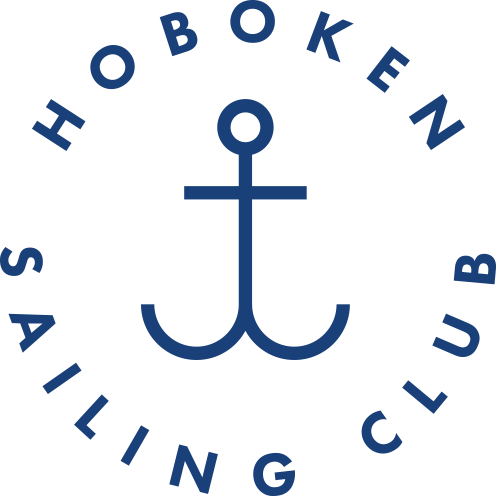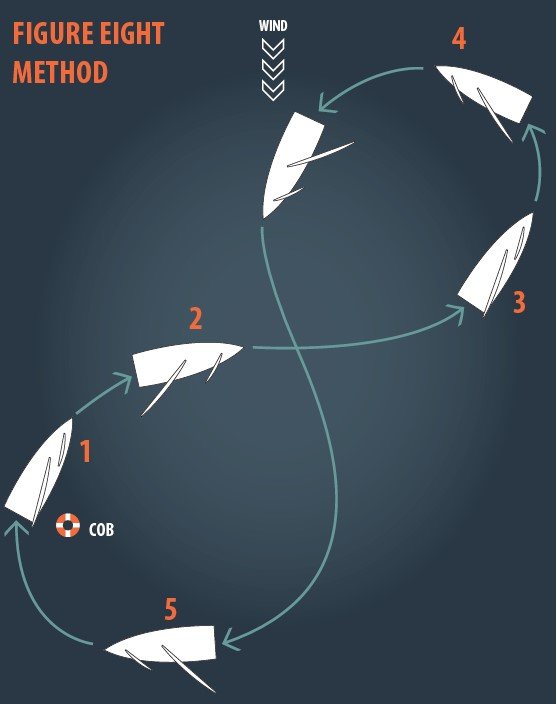Moon and Tides
Why is the tide higher and current stronger during a full moon?
It is a wonderful feeling when a question is asked by a child that you cannot answer. It highlights the fact that growth is always possible. Today my son asked the question “why does the ocean go higher at high tide when there is a full Moon and a new Moon?”
There is necessary context for this question to make sense. The moon and sun have gravitational forces like the Earth. The distance from the Moon to Earth and the orientation of the Earth to the Moon and the Sun has an impact on the gravity we feel. This is the gravity that impacts the Oceans and causes the greater tides.
Now to answer my son’s question: When the moon is full or new, the Sun and Moon are on opposite sides of the Earth and exhibit their combined gravitational pull. This causes the higher high tide and lower low tide. The same is true for the new moon approximately two weeks later. There are other factors at play such as a “super Moon” when the Moon is closer to the Earth and this also greatens the tidal levels.
Why is the Person In The Water Drill (MOB) so important?
Controlling your boat speed while all your sails are up is a critical skill. This article describes a drill that breeds competency.
It seams counterintuitive. If there is a person in the water, you stop the boat, turn on the engine, drop the sails and pick them up. That’s the safest way because your boat speed is not dictated by the direction of the wind. So why are sailing competency assessments so keen for students to execute the Person Overboard Drill? The answer is boat speed.
Controlling boat speed on a sailboat without engine assist is a critical skill that when mastered, offers a wealth of options. A well-executed MOB drill proves that the Skipper can control boat speed in all wind conditions with the entire sail plan remaining intact.
There are 2 conventions that are taught, one being the Quick Stop and the other the Figure 8. When in a real person overboard situation, the Quick Stop is preferable because you do a circle and keep the person within site more easily. The Figure 8 necessitates a considerable distance between the person and the vessel in order to execute the boat speed reduction maneuvers. Another important difference between the two is sail trim. The Quick Stop trims both the main and the jib into a close-hauled position. If the boat is already on a close hauled course, nothing needs to be done by the crew until the final approach to the person in the water. The Figure 8 luffs the sails to control boat speed which can be a bit more labor intensive for the crew.
Quick Stop competency means slowing the boat, maneuvering into a circular route around the person in the water, slowly gybing the boat while releasing the jib and easing the main while approaching the person in the water on a close reach course. A skipper is considered competent when they stop alongside the person in the water. If this drill is performed with the ethos of controlling boat speed, success is more likely. Slowing the boat allows the Skipper to control the boat’s position in relation to the person overboard and nail the approach. The boat must approach on a close reach with an err to the beam reach because a close-hauled approach might end with the boat in irons and the person in the water upwind. The Skippers decision on the direction of the approach is easier when the boat speed is already slow or stopped. Once on the close reach approach, the jib and the main are luffing and if the boat is too slow, the main sheet can be used as a “gas pedal”.
Figure 8 competency differs as the boat speed can be controlled by leaving the sails under-trimmed for the duration. Sailing away from the person in the water on a reach or beam reach gives the crew time to ease sails, drop a spinnaker and then the Skipper rounds up to tack. There is no need to trim the sails during this tack because the goal is have control over boat speed as opposed to speed. The approach to the person in the water is identical to the Quick Stop. Close reach, jib luffing, main used as a gas pedal and a slow boat.
My appreciation of this drill has grown due to the benefits of boat speed competency. Sailing to a dock, picking up a mooring under sail and rafting up to an anchored boat under sail are a just few of the real-world applications. Practicing the person in the water drill is the best way to develop this important skill and it’s fun!
Navigation aid to becoming a Skipper
I would like to be Certified as a Skipper at the Hoboken Sailing Club, how do I do it?
We have a mission at the Hoboken Yacht Club to share the transformation skill of sailing. This mission would not exist without the majestic Hudson River and the opportunities that this historic body of water presents.
One of our favorite metaphors is learning how to ski on the icy slopes of New England. If you can ski the famous blue ice, you can go anywhere in the world and be an exceptional skier. The Hudson River presents a similar training ground. If you master this tidal brackish estuary with currents that can top 3 knots, massive cruise ships and a consistently choppy sea state, you can sail anywhere in the world with ease.
-
Go sailing! Jump on with other Skippers and develop your sea legs. You can also log your sailing days!
Use this link to set up a Nauticed profile and use the logbook. Each time you’re on the water you can have a record.
-
You can choose the Small Keelboat Skipper Certification in Nauticed and advance your knowledge online.
You can then put that knowledge to test out on the open water when out with other members or an instructor.
-
Yes! We have instructors available to spend 1 on 1 time with you.
Learn how to heave to and reef the main, practice the man overboard drill and perform docking practice.
The instructional rate of as little as $75/hour is great value and can be booked by clicking here.
-
Developing as a sailor happens at a different pace for each individual.
In order to be consider Skipper Certified, we ask that you can tack and gybe with ease, dock slowly and confidently, be able to heave to and reef the main sail, do a person overboard drill under sail.
Are you ready for the Skipper Assessment to gain your Skipper Priviliges? We offer the 1.5 hour assessment with one of our instructors complimentary to our members. You simply prove competency of the skills that you have been practicing and you become a Skipper member with no dues increase.
The American National Standards Institute defined sailing and boating skills in 2016 and Nauticed has adopted them into their online training. You can see these standards by clicking the button below.







